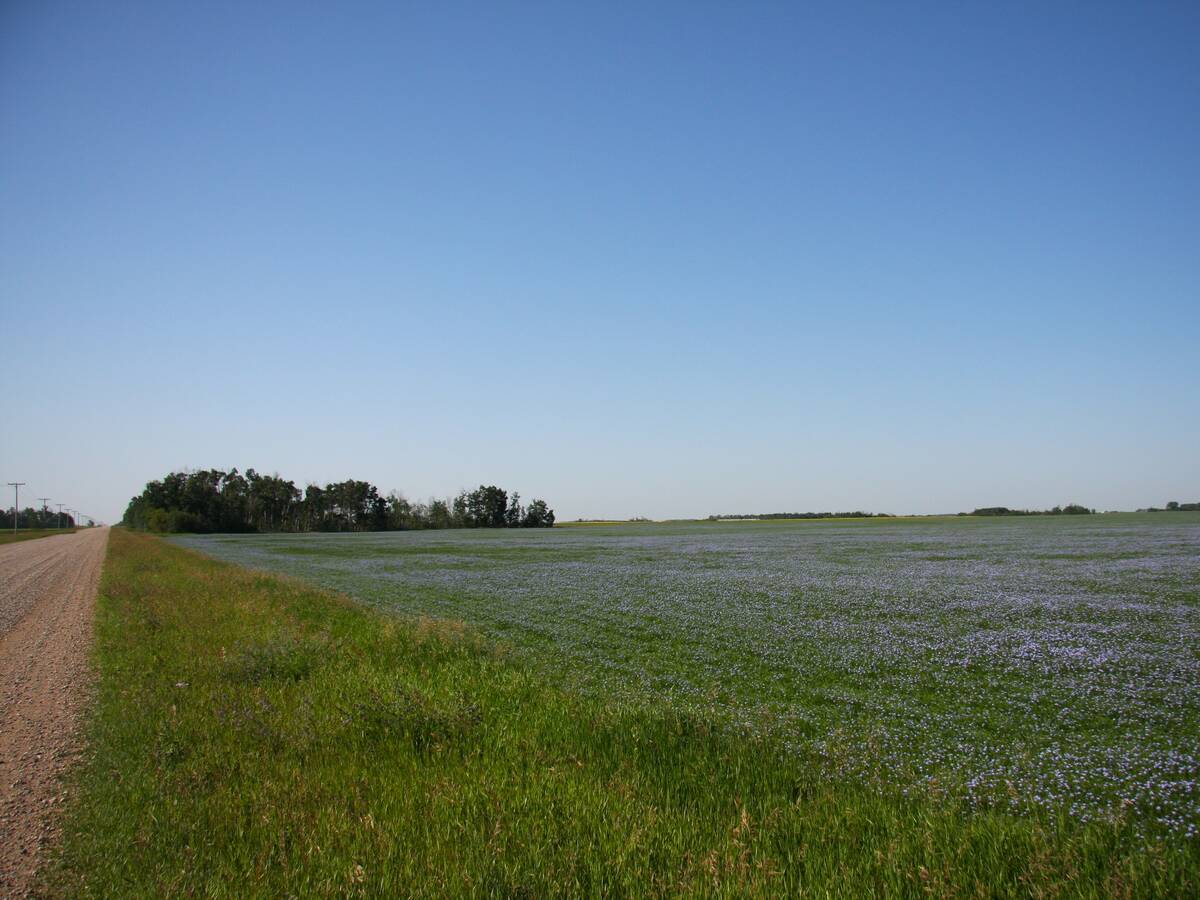A key question for agricultural markets in 2010 is whether meat demand will quickly recover.
Last year’s recession hurt demand, pressuring meat prices lower, hurting livestock producers’ income and forcing them to cull herds.
Meat consumption was hammered in the United States, where beef consumption is expected to fall to 39.3 kilograms per person in 2010 from 42.6 kg in 2007.
U.S. pork consumption fell to 27.7 kg from 29.8 kg in 2007.
The smaller herds are eating less feedstuffs, which is bad news for grain prices.
Read Also

Farmland advisory committee created in Saskatchewan
The Saskatchewan government has created the Farm Land Ownership Advisory Committee to address farmer concerns and gain feedback about the issues.
The globe’s beef herd was already in its cyclical contraction mode when the recession hit.
The U.S. beef herd peaked in 2007 with 96.6 million head. In 2010 it is expected to shrink to 93 million head.
Because of BSE, Canada’s herd started shrinking before that. The country had 14.9 million head in 2005, and this year the herd is expected to shrink to 12.8 million.
The global herd was estimated at 992.1 million in 2007 and it is expected to be down to 956.7 million this year.
The hog herds in Canada, the U.S. and European Union have all contracted in recent years, but growing production in China, and to a lesser extent Russia, means the global pig herd is up this year.
Canada’s herd was slammed from 2008-09, dropping 23 percent. In the same period, the EU’s herd shrank 6.6 percent and the U.S. was down 4.4 percent.
China has the largest hog herd, 60 percent of the world total. It contracted to 418.5 million in 2007 when disease struck, but it has since recovered to 485 million.
China’s rapid hog herd growth is in large part the driving force behind its record imports of U.S. soybeans. There is a voracious demand for soy meal to feed pigs.
Hog herd disease in 2007 and extra meat demand during the Beijing Olympics caused China’s pork imports to jump, giving an unexpected boost to North American hog prices in 2008. That kept prices high enough that American producers didn’t cull their herds aggressively as did Canadian producers, who were already battling a rising loonie.
Meat demand in North America will recover when unemployment levels fall. The U.S. unemployment rate is at 10 percent and in Canada at 8.50 percent.
Job creation lags behind economic recovery so it will likely be 2011 before there is a serious reduction in unemployment and a strong boost in meat consumption.
In the meantime, herd reductions should help get meat production closer in line with demand.














